To watch the video report click here
The remains of al-Bassa are now located in the industrial area of Shlomi, a town in the western Galilee. Israeli authorities have demolished all the village's residential areas, and only a small number of buildings, partly ruined and abandoned, can still be seen.
Our tour started in the square connecting Sandi Azoulay Road, or Route 899, with Rabbi Uziel Street in Shlomi. From the square headed north towards the industrial area, along a nameless street we have christened "al-Bassa". From the square to the Lebanese border, this street is a bit more than a mile long. From the street we could see the antennae on Mount al-Mushaqqah, which the al-Bassa refugees had to cross on their way to Lebanon as they fled the Haganah's attacking troops on May 14, 1948.
The first building we saw on al-Bassa Street, to the right (east), was a new, whitewashed building with sky-blue arches over its main entrance: "the ancient Sha'ar HaRachamim (Mercy Gate) Synagogue". This synagogue was built on one of the Palestinian village houses, which belonged to the al-Khayyat family. Behind the synagogue we saw an old two-floor building, abandoned and decrepit, which used to house Ibrahim Khayyat's hotel and café. The entrance plaza used to serve as al-Bassa's bus and taxi station: from here, you could take a cab to Beirut and until 1948, Lebanese and Syrian guests used to stay here at Palestine's northernmost hotel.
We continued north along al-Bassa Street. Right after the synagogue, again to the right and next to the street, we found another remnant of the village. A Templar stone house with two floors and a huge tree in the back yard. Locals used to call it Bayt al-Sittat al-Alman (German Ladies' House). It used to house German nuns and also served as a primary school and Protestant church. Among the bushes around the huge tree, we could detect house remains. Khalil 'Asi, an al-Bassa refugee currently living Kufr Yasif, also in the western Galilee, pointed at the remains and said, "Here used to be my house. Here I was born".
Back to al-Bassa Street, a few dozen meters more to the north, we could see the Orthodox Church to our right: an impressive edifice with a white marble stone cross attached to its façade. The Arabic scripture above the entrance door informs us that the church was built in 1898. There is no convenient access to the building, and we entered it through improvised stairs. Inside, we saw a large derelict hall with cracked walls and broken tiles. Salim Wakim told us that passers-by sabotage and desecrate the holy building. Internally displaced villagers are conducting a legal battle to return the church to community ownership so that they could renovate it. Regrettably, such is also the conditions of the two graveyards – Christian and Muslim – located west of the village within the industrial area, behind the Noga factory. Wakim Wakim told us that the Haganah murdered several civilians near the church. Abu-Salim told us about two brothers, a 12 year-old boy and a 14 year-old girl, that the Jews slew right in front of their father at the entrance to the church.
We kept walking north and saw the remains of a building with arches on the second floor. This is the al-Khouri family residence. The ancient, domed building right next to it is Maqam al-Khadr, a shrine considered holy by all Bassawis, Muslim as well as Christian. A residential neighborhood used to stand nearby, but we could see only pitiful remains.
Back on El-Bassa Street, we turned left on a dirt road which quickly took us to the village mosque – a rectangular one-story stone building fenced off by tin sheets placed here by the Israeli Land Administration. We sneaked in through one of the openings, to see a prayer hall that has undergone some preliminary renovation works by village refugees and Islamic charity societies. Abu-Salim told us that the renovations were suspended by order of Israeli authorities. For many years, Jews moved to al-Bassa used it as a cowshed. The minaret was destroyed, and the entire portion above the roof seems to have been cut off. We could still see the minaret's lower section at the building's northeastern corner, including the stairway inside it.
After returning to our street and continuing northwards, we took the first turn to the right. After about 200 meters to the right, among the bushes, we saw the Catholic Church, also in a terrible condition. We could see no other buildings around it, but we do know that al-Bassa's famous Catholic School used to stand here.
Forty people took part in this two-hour tour.
14/7/2012
________________________________________________
You can find further details about al-Bassa in our booklet, Remembering al-Bassa, produced in preparation for this tour and distributed among the participants and refugees.
In this link, you can read an article about the tour by Shira Ben Shahar, an Israeli participant:
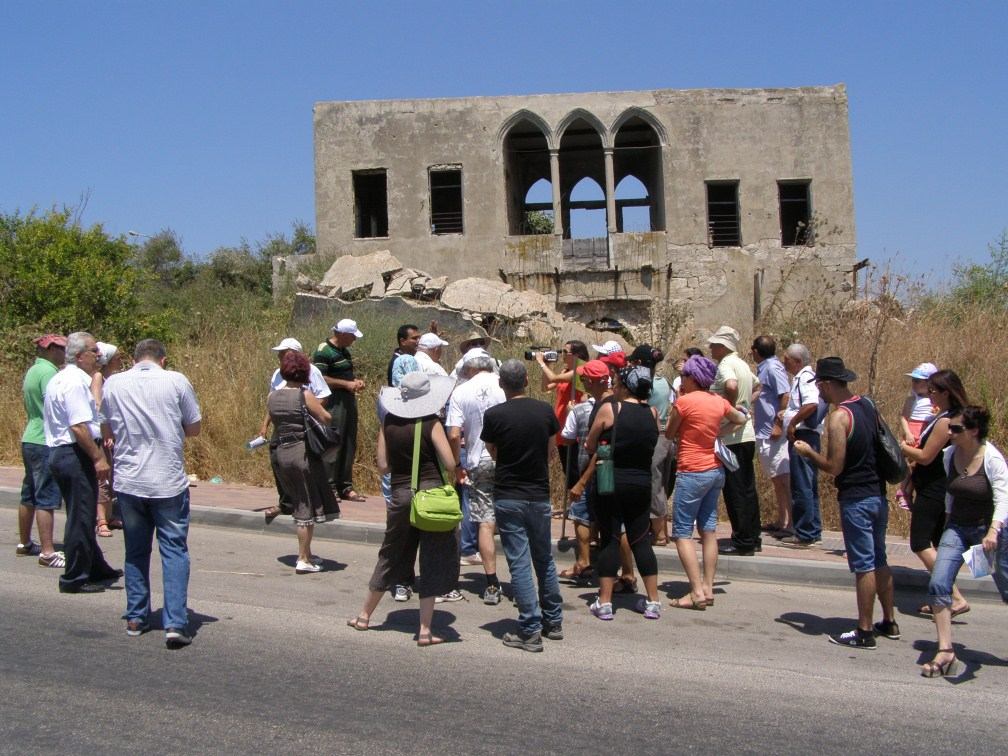
جولة في البصة / סיור בכפר אלבַּסָּה
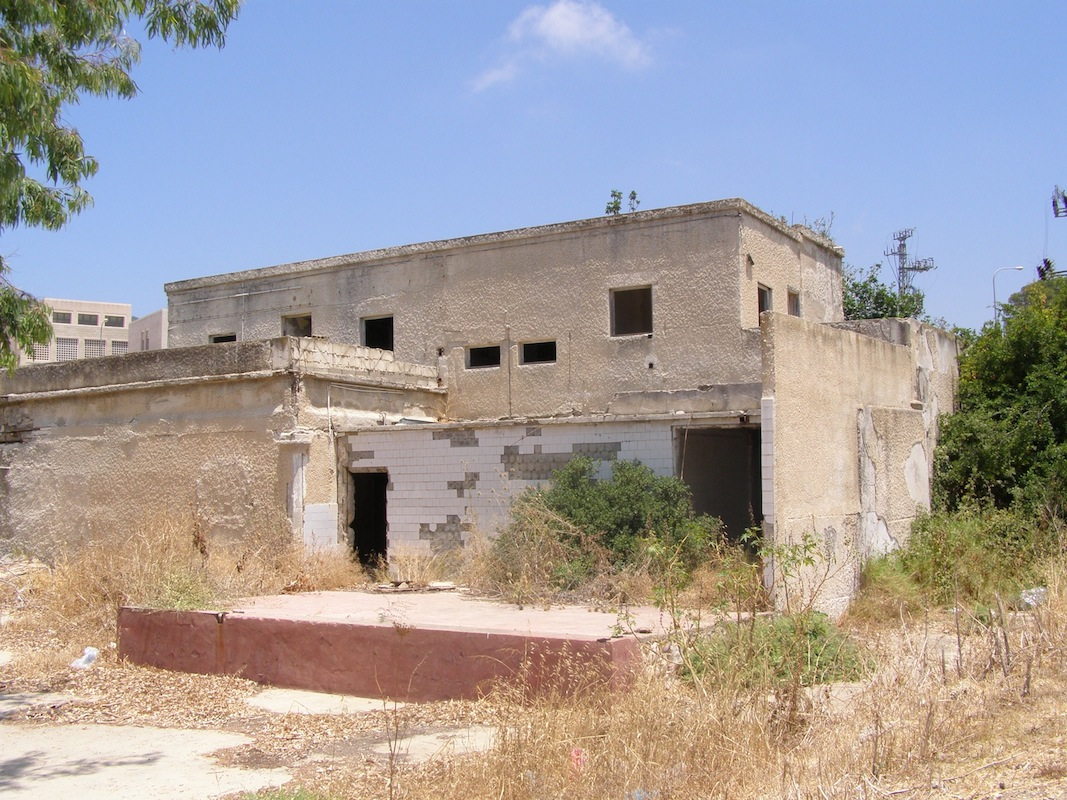
جولة في البصة / סיור בכפר אלבַּסָּה
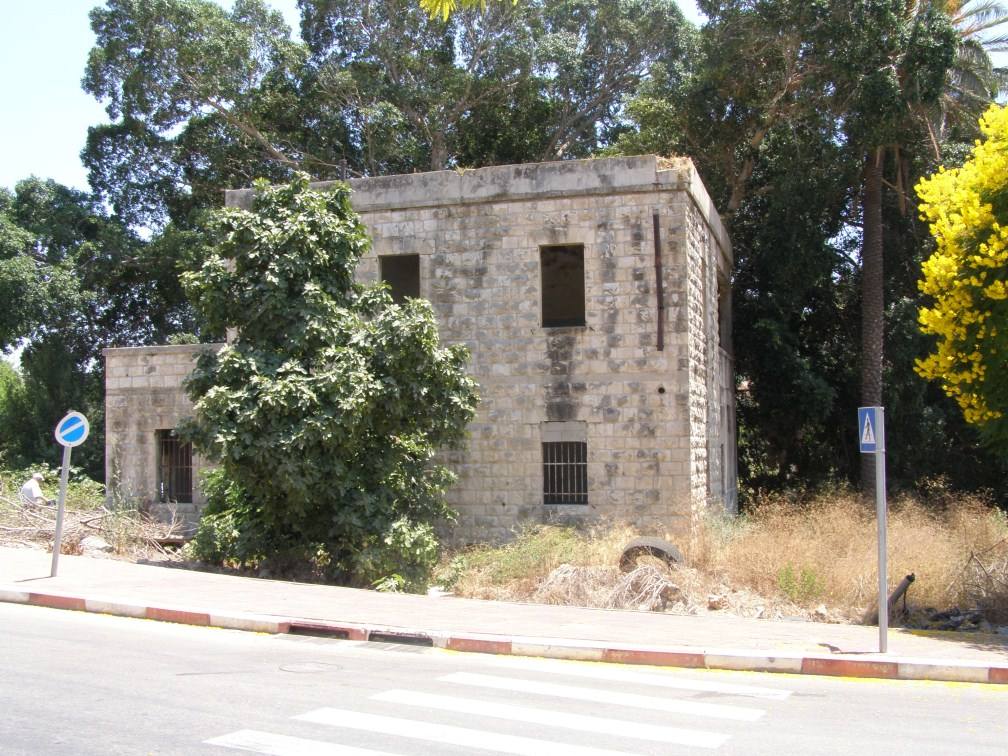
جولة في البصة / סיור בכפר אלבַּסָּה
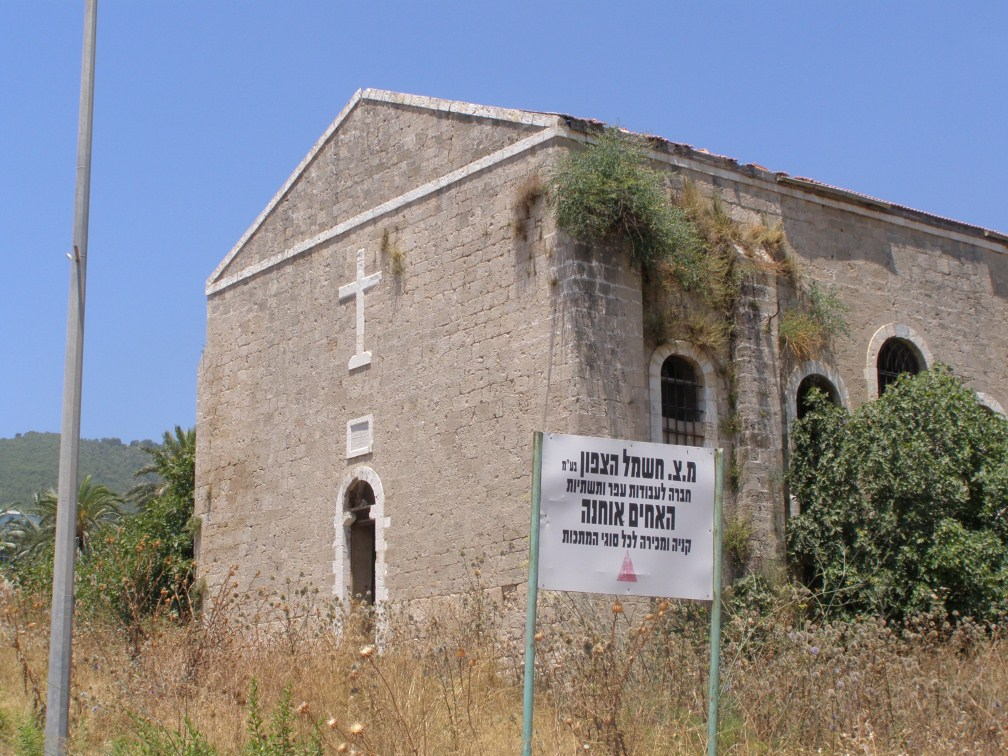
جولة في البصة / סיור בכפר אלבַּסָּה
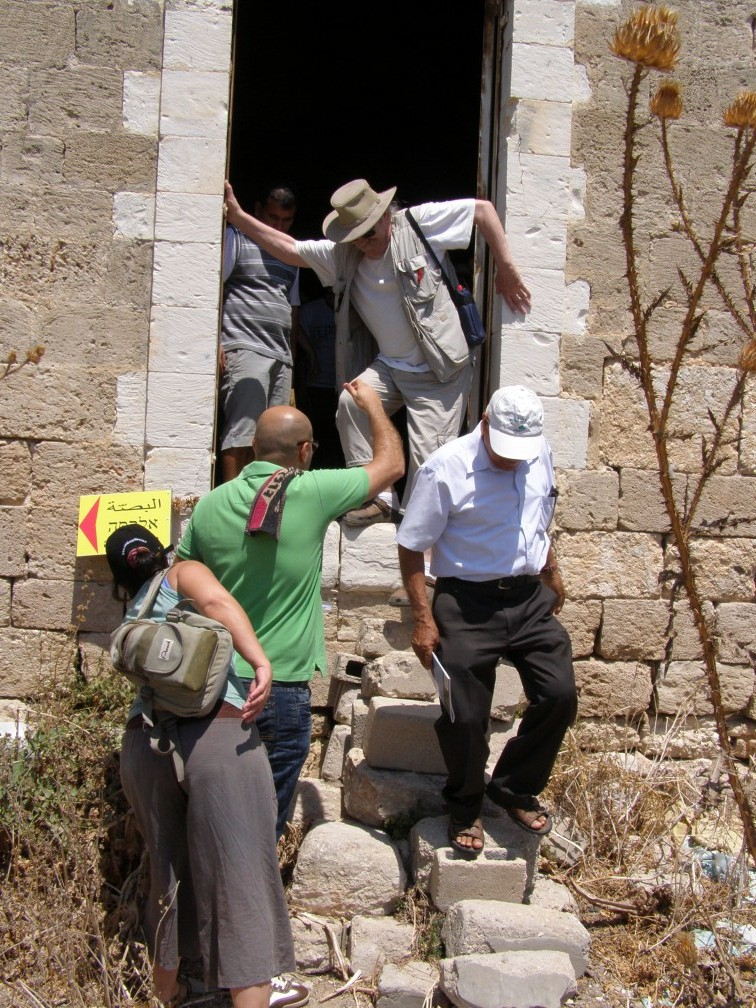
جولة في البصة / סיור בכפר אלבַּסָּה
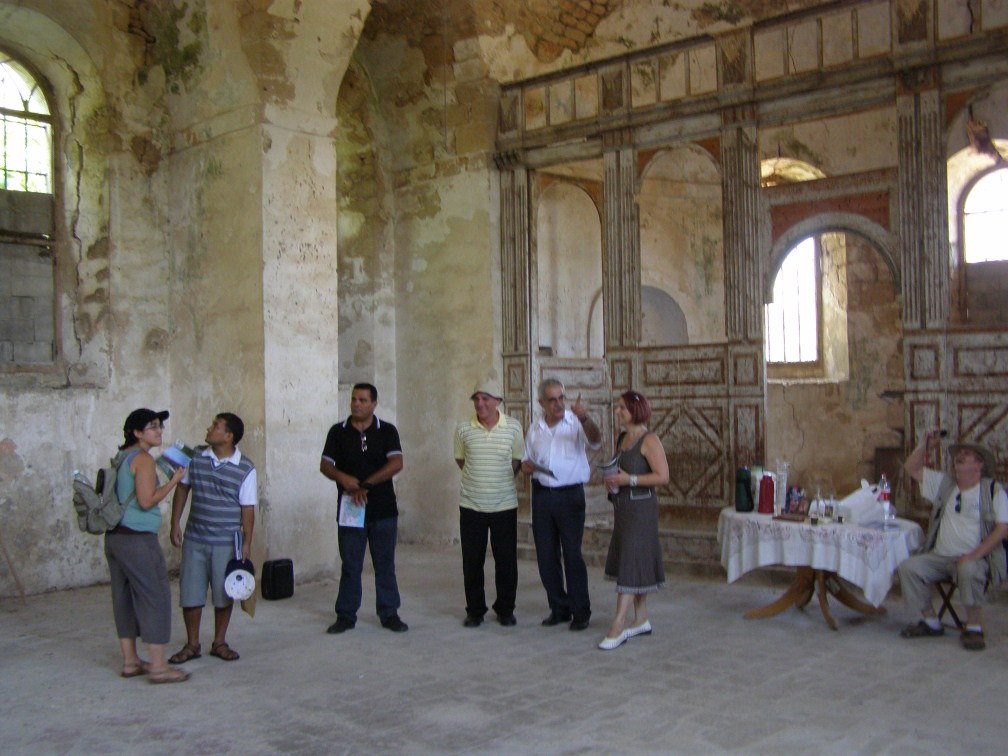
جولة في البصة / סיור בכפר אלבַּסָּה
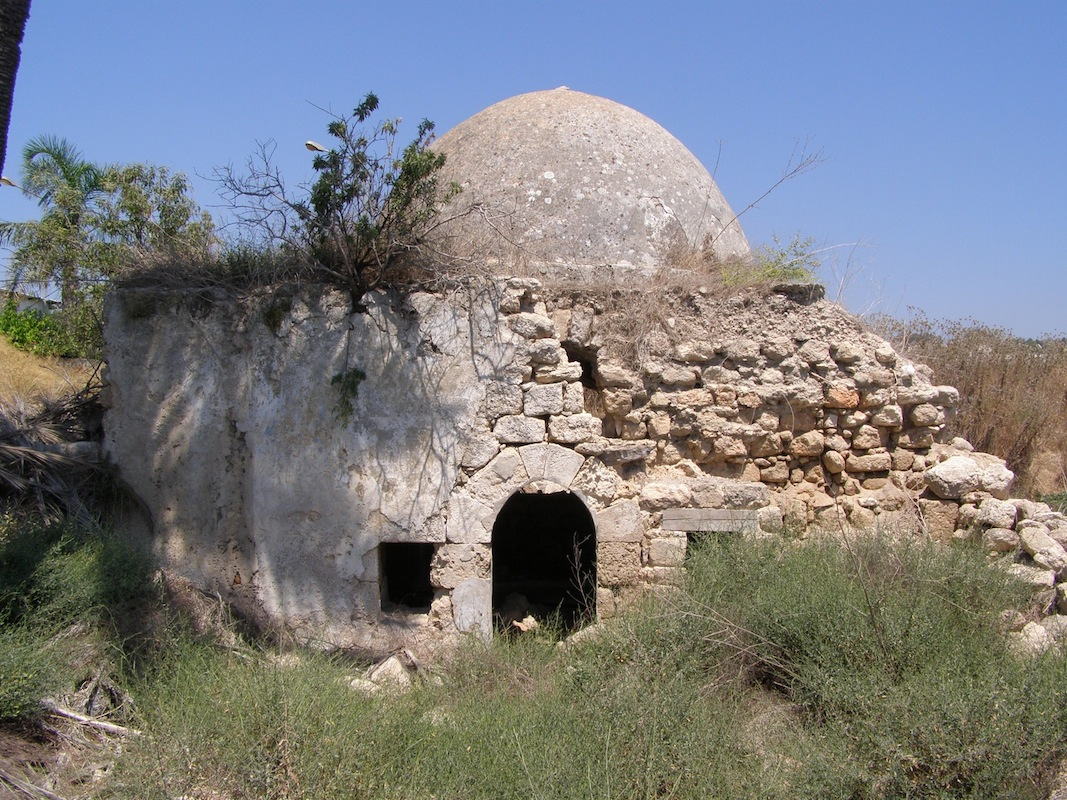
جولة في البصة / סיור בכפר אלבַּסָּה
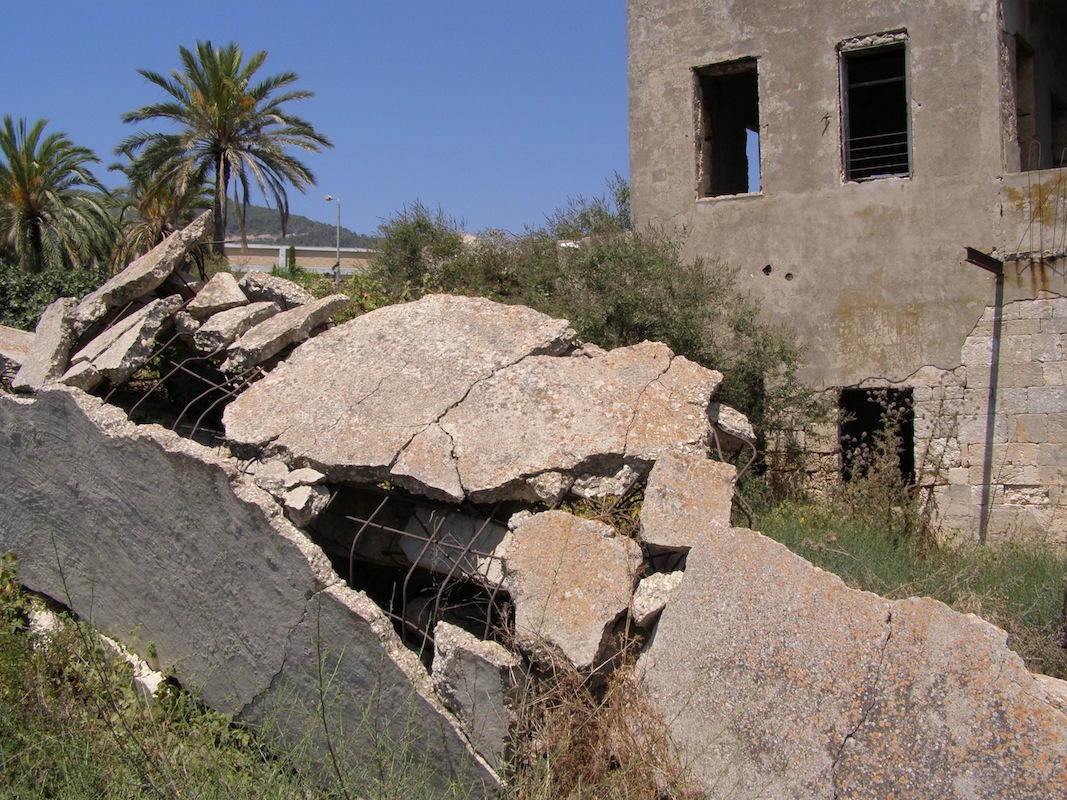
جولة في البصة / סיור בכפר אלבַּסָּה
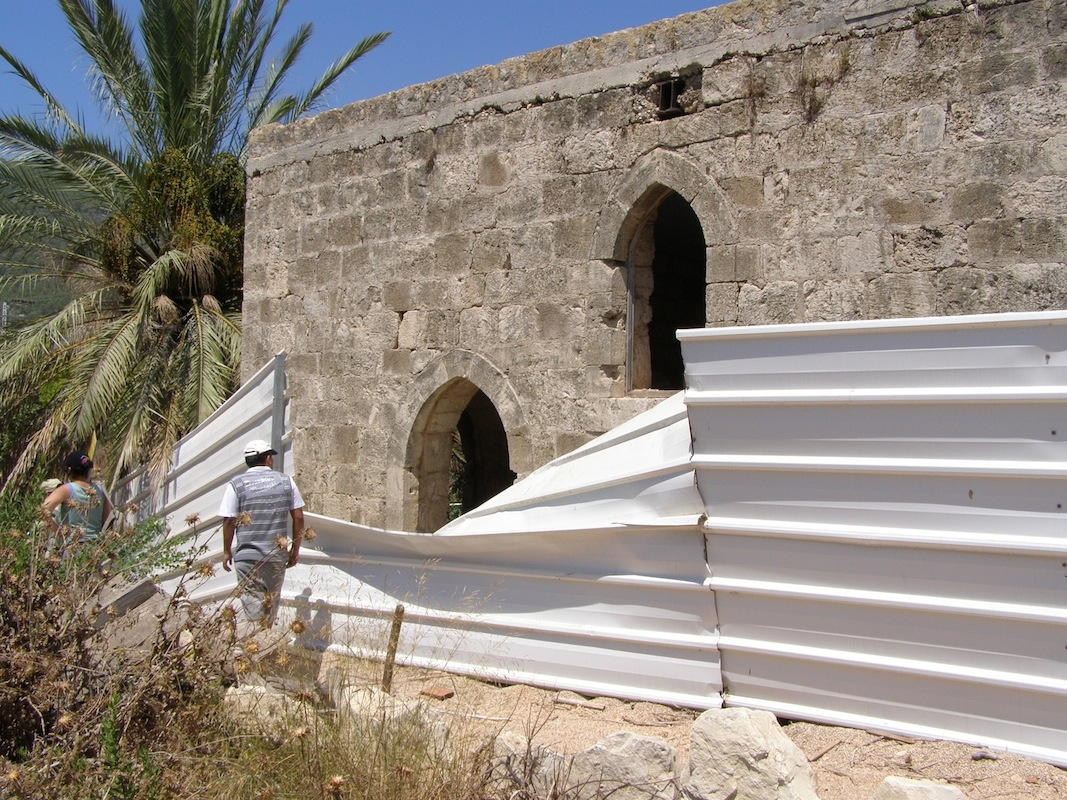
جولة في البصة / סיור בכפר אלבַּסָּה
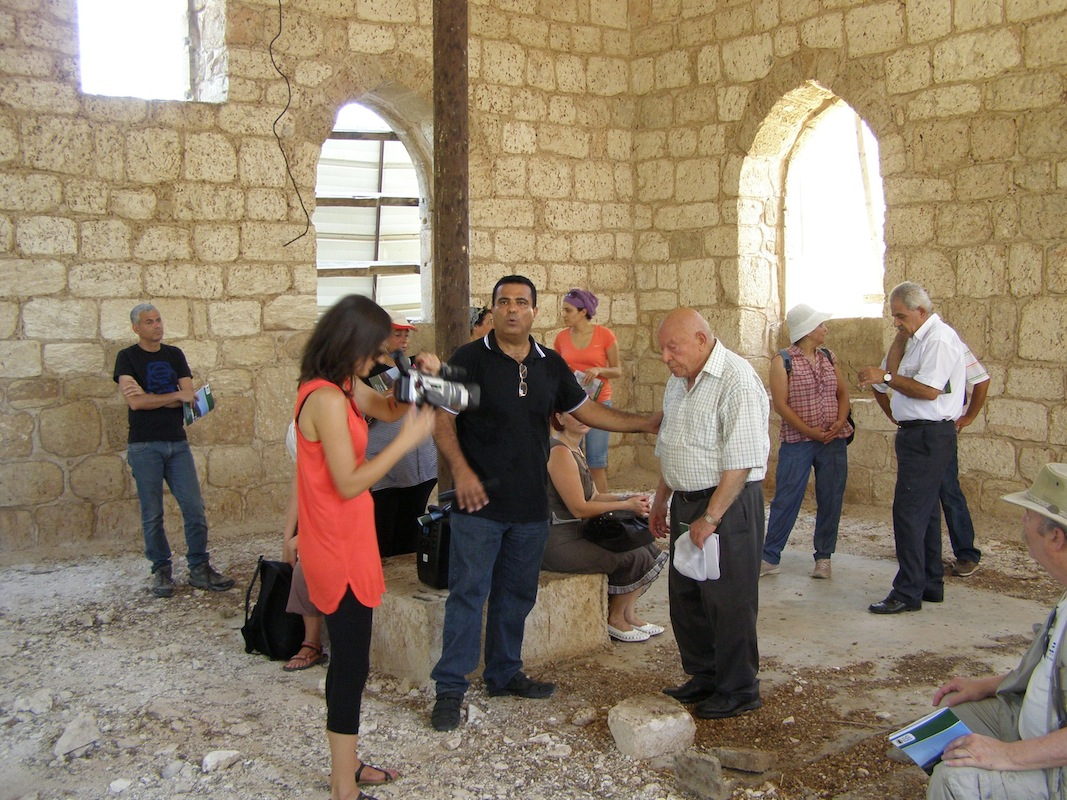
جولة في البصة / סיור בכפר אלבַּסָּה
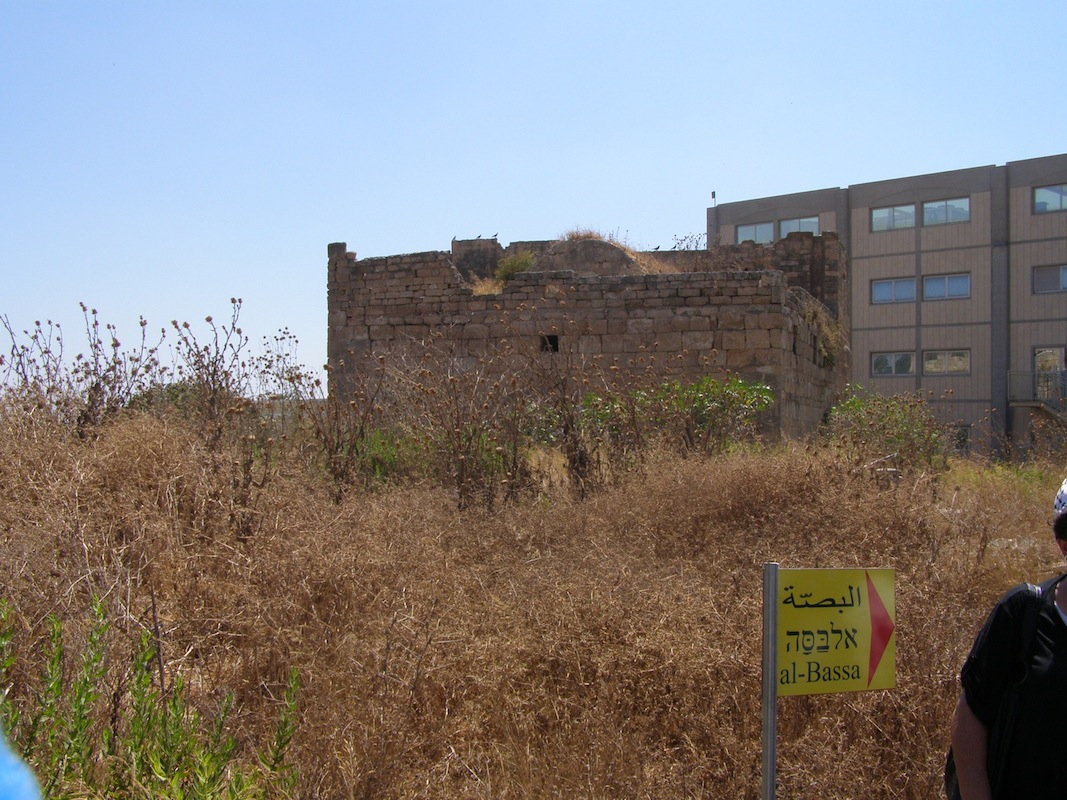
جولة في البصة / סיור בכפר אלבַּסָּה


